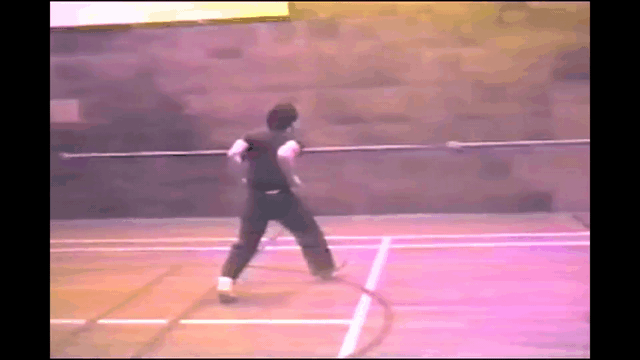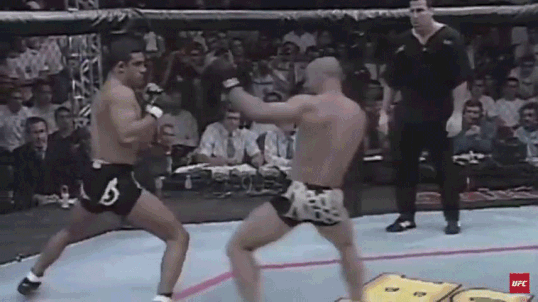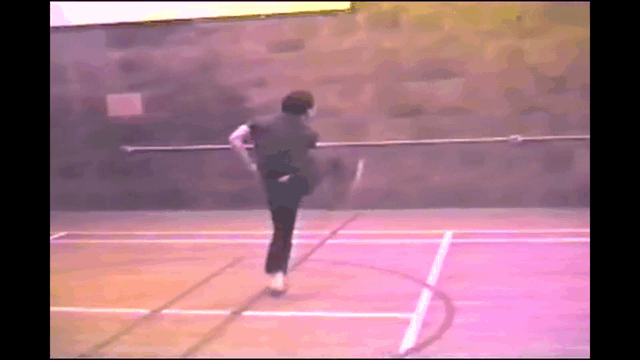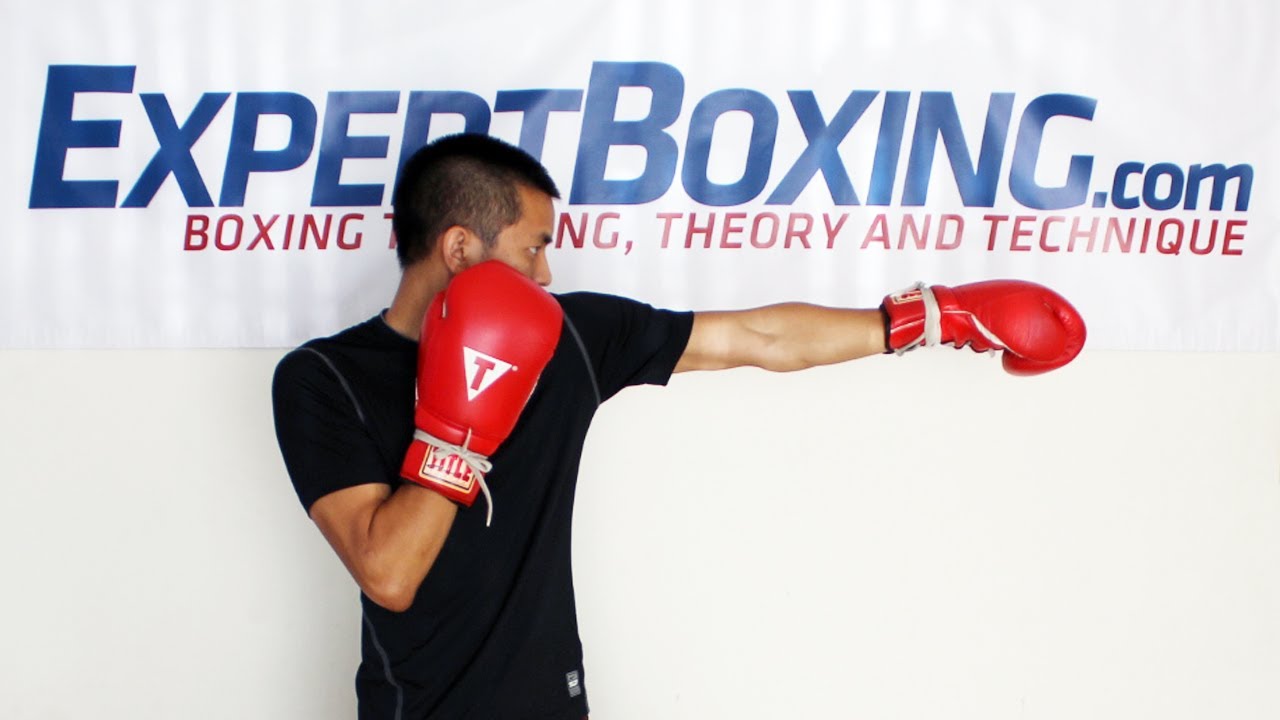zrm wrote:marvin8 wrote:What is the benefit of "literally running away and re-engaging?"
You should be close enough to re-engage (change directions) and hit when the opponent is out of position.
Admittedly it is not that useful in a 1 on 1 situation or in a ring where you don't have that much room to move.
1) If you hit somebody while moving from a distance you have a lot of momentum. The most obvious time to do this is the initial engagement.
CMA is known for it's fajin, requiring less momentum to generate power. The more windup one needs to generate power, the more vulnerable to a counter.
A matador with any skill should be able to defend themselves against a bull that mainly relies on momentum, same with a MAist. With all the theory (talk) and training of energy and stepping, CMAists should be able to handle incoming momentum from feet away.
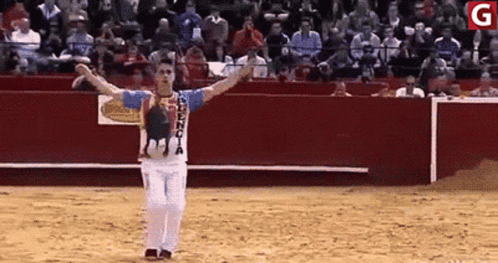
zrm wrote:Running away lets you reinitialise.
However, requiring distance to build momentum can be countered.
zrm wrote:3) In a multiple opponent situation if you have people on all sides its best to run away so they chase you. As soon as you retreat most people will chase directly at you in a straight line, usually at different speeds. This causes the group of attackers to bunch together. Most of the time they also end up in a straight line, one behind the other. If you learn how to hit while retreating even better.
If they are chasing after you can use their own forward momentum against them.https://www.youtube.com/watch?v=cKMOh5YqAKQ
Exactly, position yourself (e.g., sidestep) and
counter those chasing you by "using their own forward momentum against them."
zrm wrote:4) If your opponent is dealing with one of your allies you can catch them by surprise (like in the kabaddi example above).
Right. In your clip, one red player causes white to fall by yielding while another red player tags white from an angle.
There are more KOs using setup skills (e.g., deception, distance control, etc.), than just relying on momentum.



